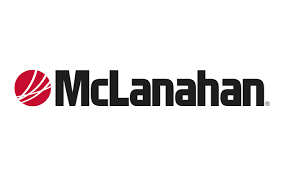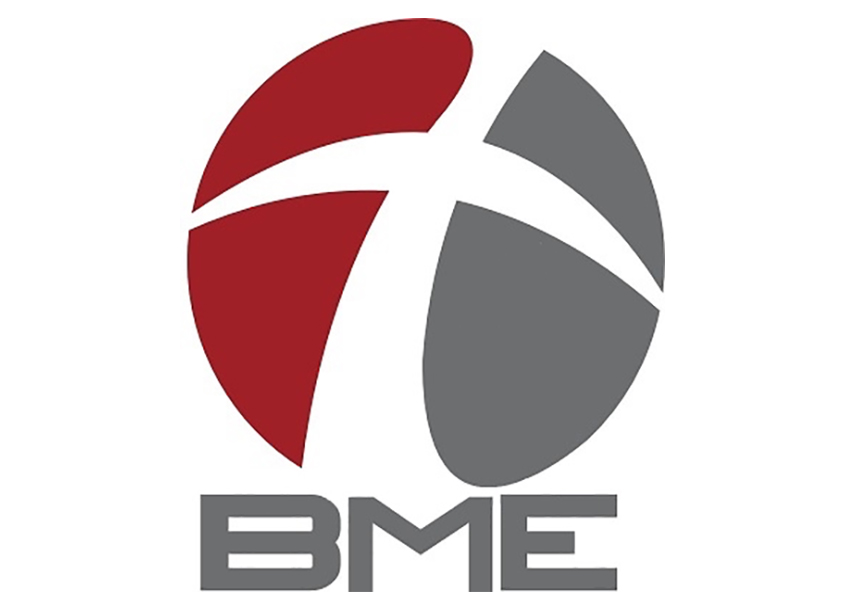Proppants, Transportation, and Wellsite Efficiency
As the demand for shale oil continues to grow, so does the complexity and scale of the supporting supply chain. Frac sand, an essential proppant in hydraulic fracturing, remains central to these operations. Industry analysts project that the global market for frac sand could surpass $25 billion by 2030, driven by expanded drilling programs and longer lateral sections in horizontal wells. With ongoing development across North America and other shale-rich regions worldwide, the sector is positioned to support hundreds of thousands of jobs in mining, logistics, and field operations.
Operators are emphasizing streamlining sand delivery from the mine to the wellsite. Real-time inventory tracking, efficient rail and trucking operations, and strategically located transloading facilities are now vital parts of the supply chain. Improved coordination among E&P companies, service providers, and logistics partners are helping to shorten well-completion timelines and increase cost predictability. By 2030, fully integrated sand supply networks are expected to become standard, with predictive digital tools playing a key role in scheduling and delivery precision.
Companies in the region are investing in next-generation logistics platforms and containerized delivery systems to gain a competitive advantage. Transload facilities are being upgraded to handle higher throughput and incorporate automated handling technologies. Innovations in last-mile delivery, such as bottom-drop trailers and mobile storage silos, are helping reduce non-productive time and address environmental dust concerns at the wellsite.
A typical multi-well pad completion can require thousands of tons of frac sand, with delivery windows that must align precisely with pumping schedules. Scalable and resilient logistics are now considered mission-critical. The United States, as the leading producer and consumer of frac sand, continues to set the standard for global shale development. At the same time, other key producing regions are advancing quickly, underscoring the importance of cross-border perspectives and greater industry-wide collaboration.
Logistics Depend on Infrastructure Investment
Rail networks, highways, and in-basin sand mines are playing an increasingly important role in ensuring the cost-effectiveness and consistency of supply. Infrastructure upgrades, including loading terminals and high-capacity truck fleets, are essential for maintaining the pace of hydraulic fracturing programs. With wellsite demand sometimes exceeding 100 tons of sand per hour, even minor disruptions can lead to significant operational impacts.
As mining operations expand nearer to core shale plays, more operators are relying on in-basin sand sources to lower transportation costs and reduce risks associated with long-haul rail shipments. The attention is also turning to sustainability, with efforts to reduce environmental impacts, minimize road congestion, and implement digital logistics management platforms that track carbon output and improve delivery efficiency.
At Frac Sand USA 2026, companies will present solutions and products that enhance supply chain resilience and support the rapid growth of the shale and tight oil industry.













